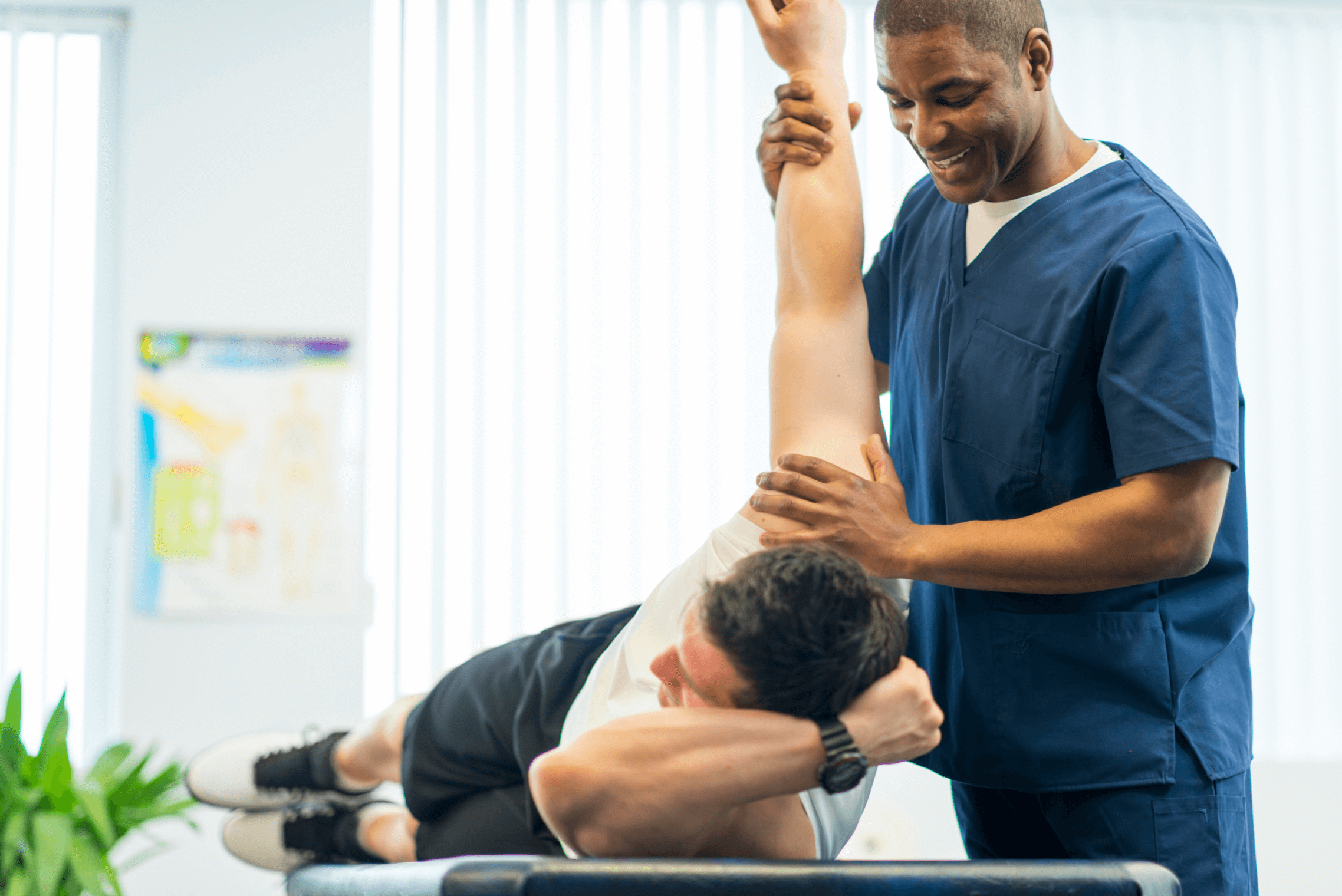One of the most frequently observed injuries in athletics is the foot ligament injury. This injury often happens when an athlete lands ungracefully or twists their foot during a game. Signs of an foot ligament injury include pain, inflammation, and difficulty moving. Prompt treatment typically includes the R.I.C.E. method, which represents for Rest, Cooling, Wrapping, and Elevation. This approach helps minimize swelling and discomfort. In severe serious cases, rehabilitative therapy may be required to regain strength and mobility to the ankle before going back to sports.
Another common trauma is a muscular injury, which can happen in all sport that requires quick actions or intense weight-bearing. Athletes may suffer a muscle injury when they stretch a muscle too much or when they exert too great force. Symptoms include acute pain, inflammation, and muscle spasms. Recovery for muscular strains often entails gentle flexibility exercises and strengthening workouts. Gradually raising activity levels is crucial to prevent recurrence. Athletes should work tightly with a physical specialist to develop a secure and effective recovery strategy.
Tendonitis is another injury that can impact sportspeople, particularly those who participate in repetitive motions, such as runners or swimmers. This condition happens when a tendon structure, which links muscular tissue to bone, becomes inflamed. Common areas affected by tendon inflammation include the arm, upper arm, and knee. Signs often include pain and stiffness, especially during movement. Care for tendon inflammation usually includes rest, ice, and anti-inflammatory medications. In certain situations, rehabilitative therapy may be recommended to improve flexibility and power in the injured region.
Preventing athletic injuries is visit this site right here just as important as treating them. Sportspeople can minimize their risk of trauma by warming up properly before activities, using the appropriate gear, and maintaining good fitness condition. Power conditioning and flexibility workouts can assist prepare the body for the demands of athletics. Additionally, sportspeople should listen to their bodies and take breaks when necessary. By comprehending common sports traumas and applying efficient recovery strategies, athletes can remain fit and participate in their beloved sports for a long time to come.
u0026srotateu003d0)